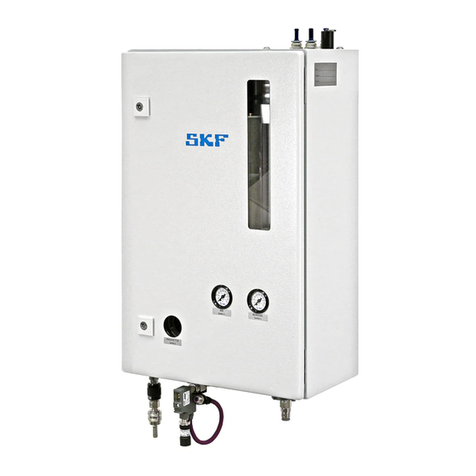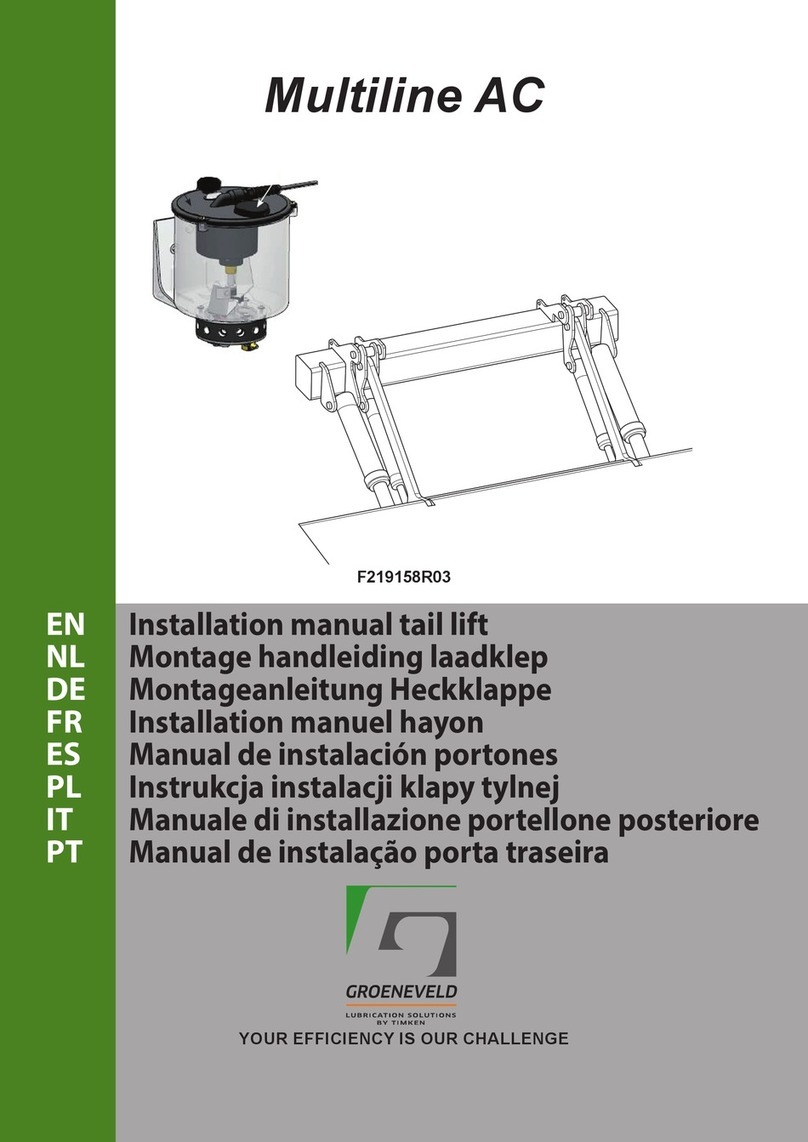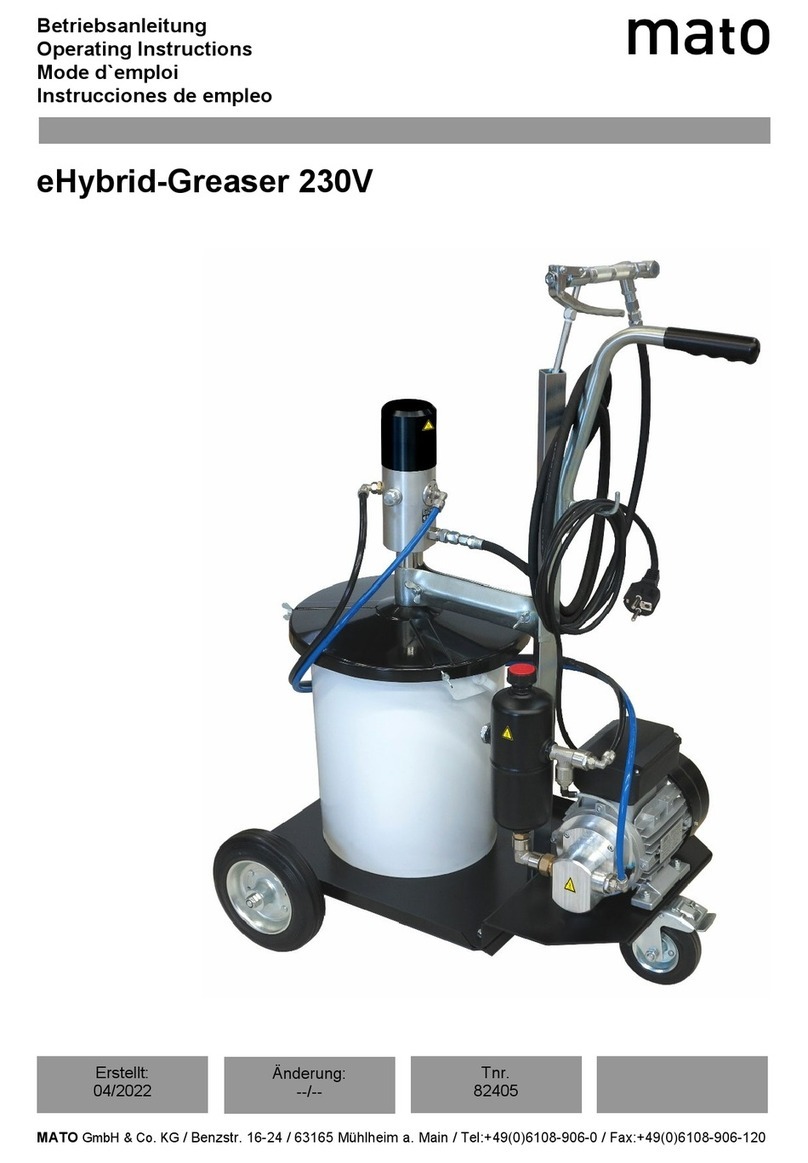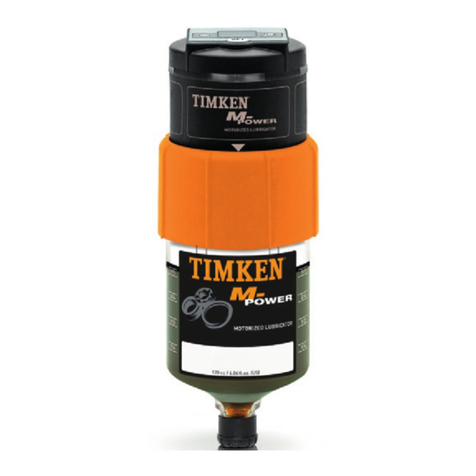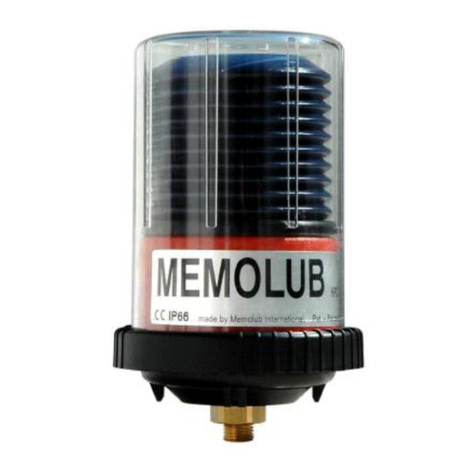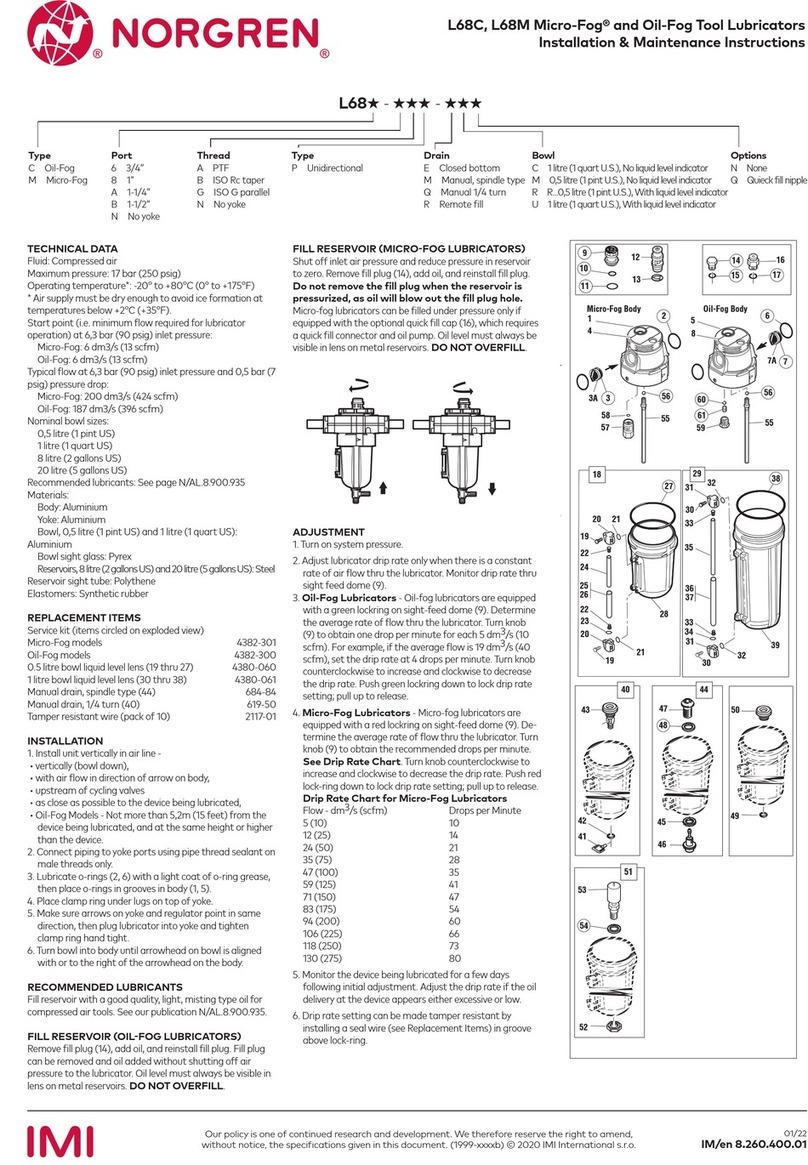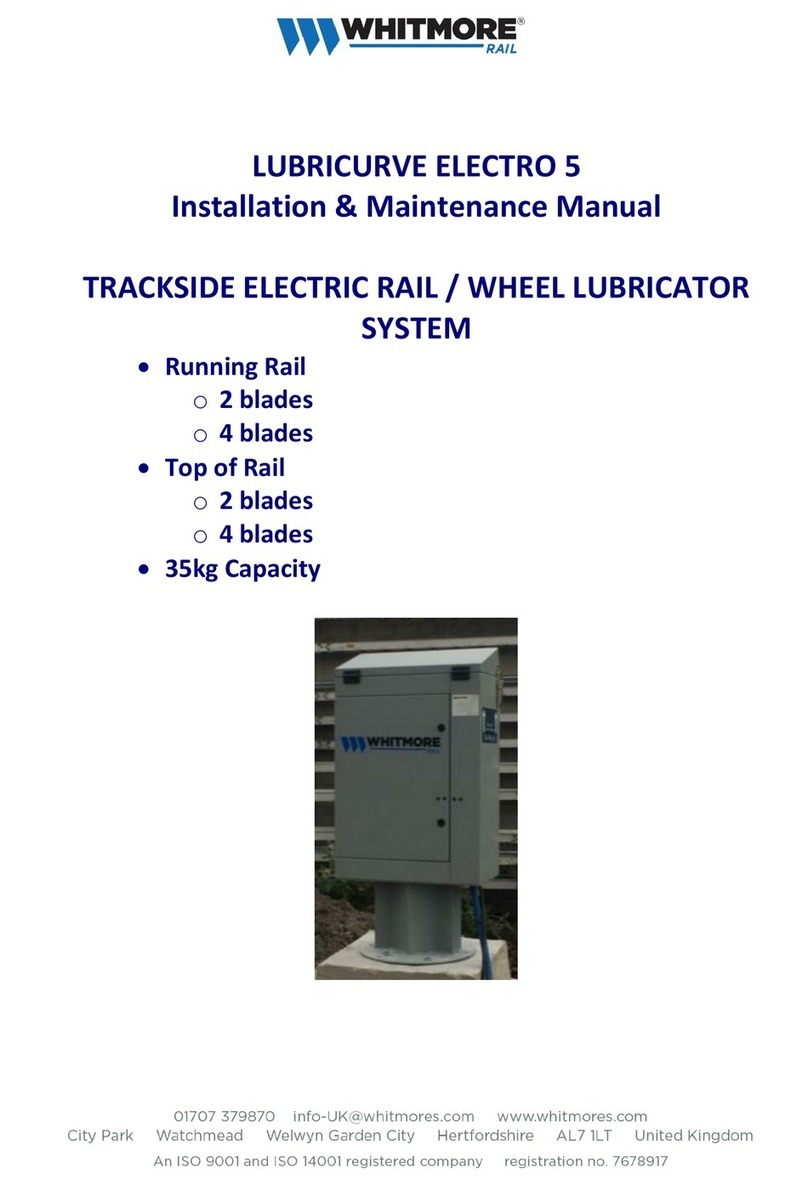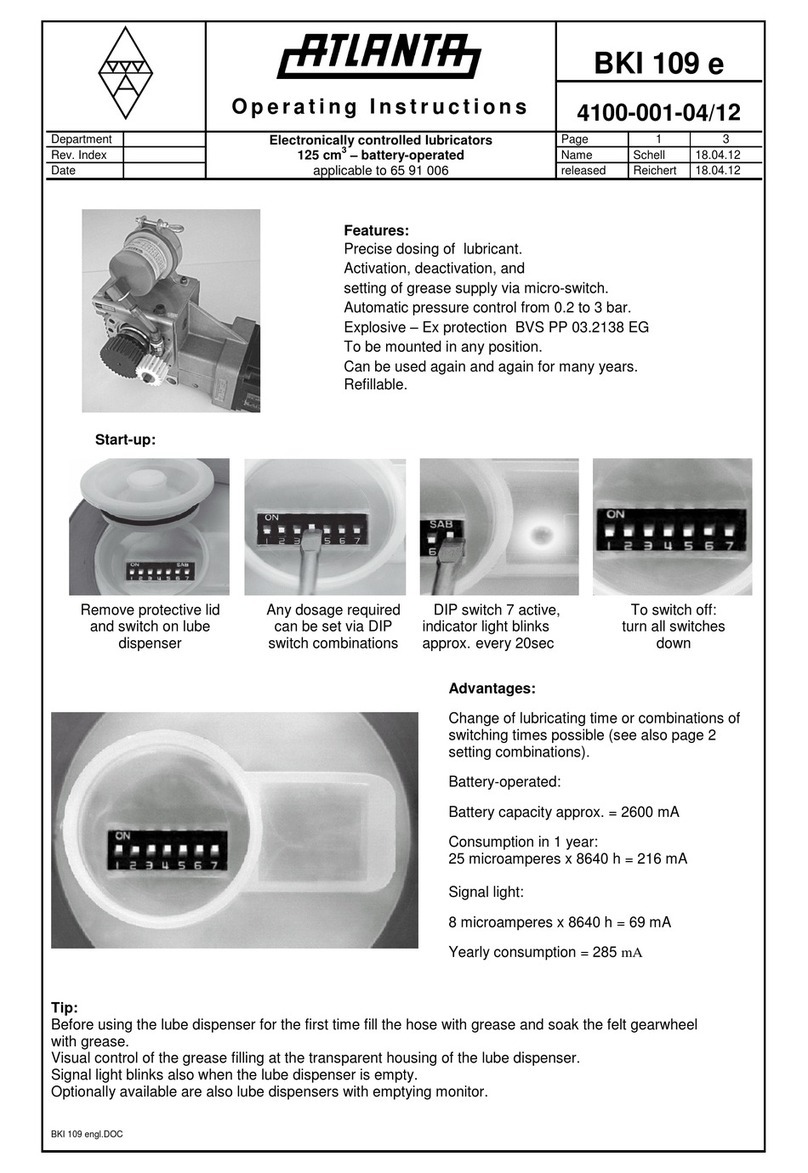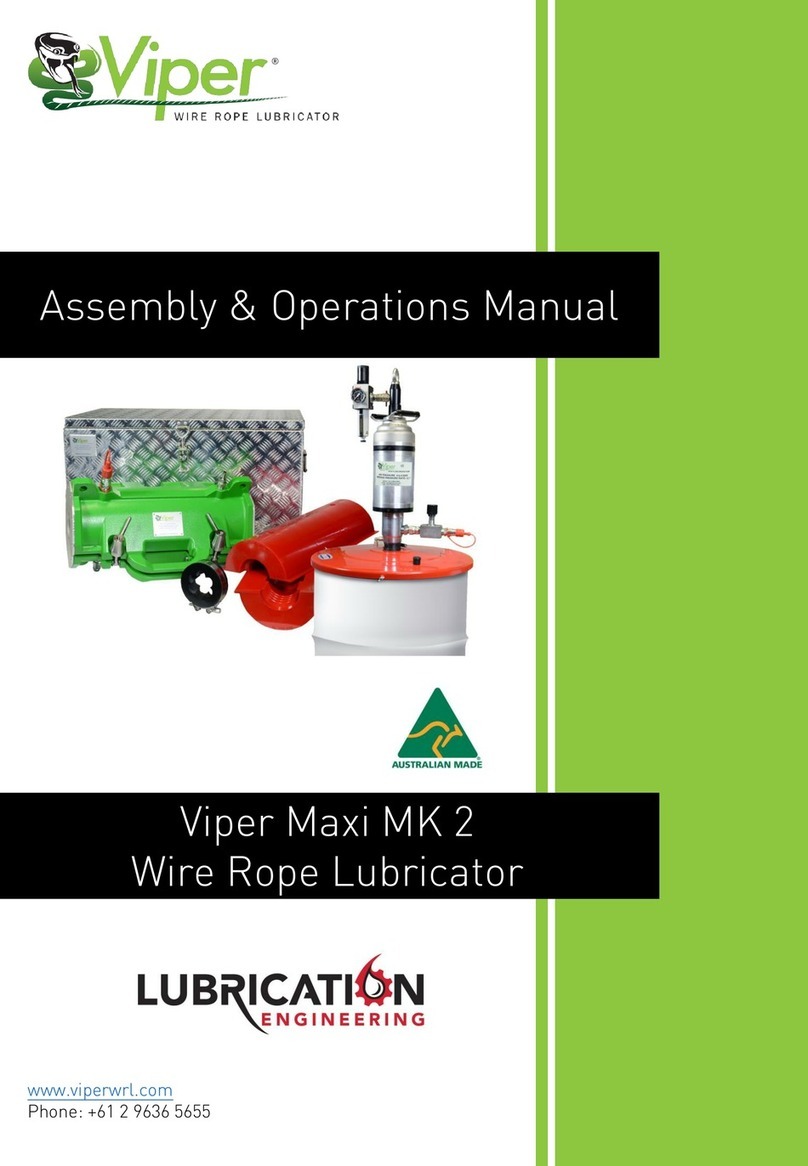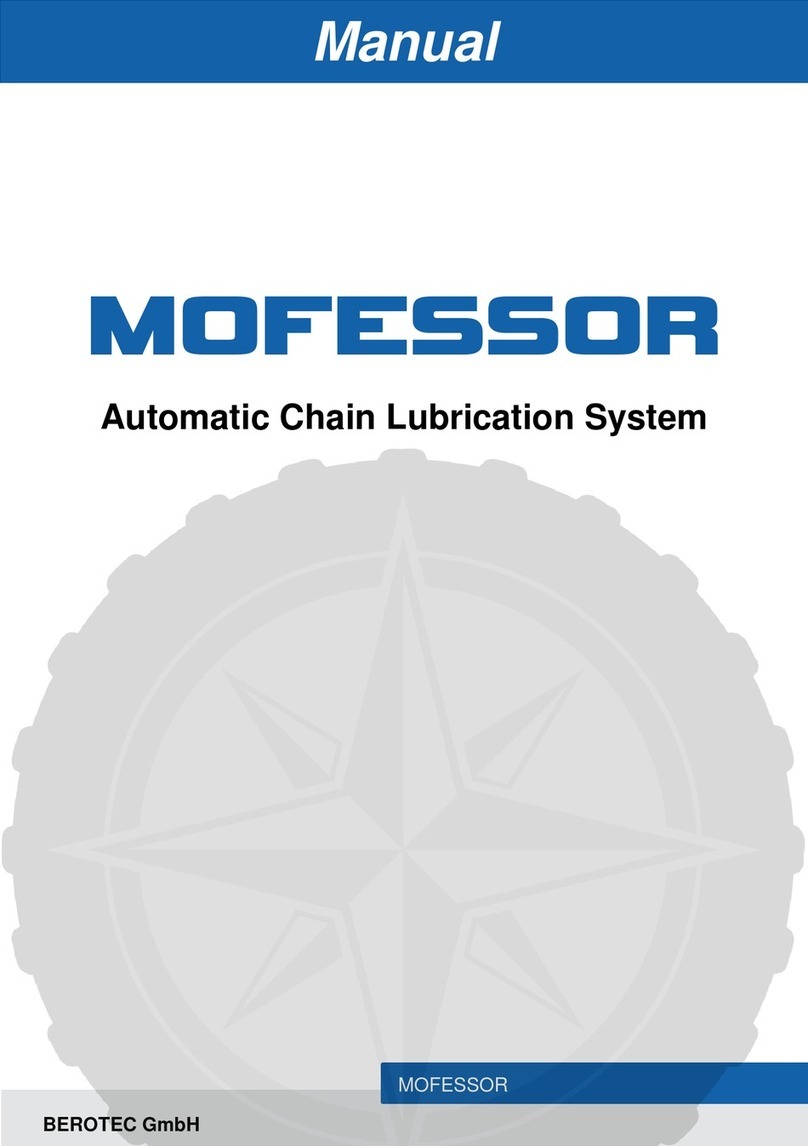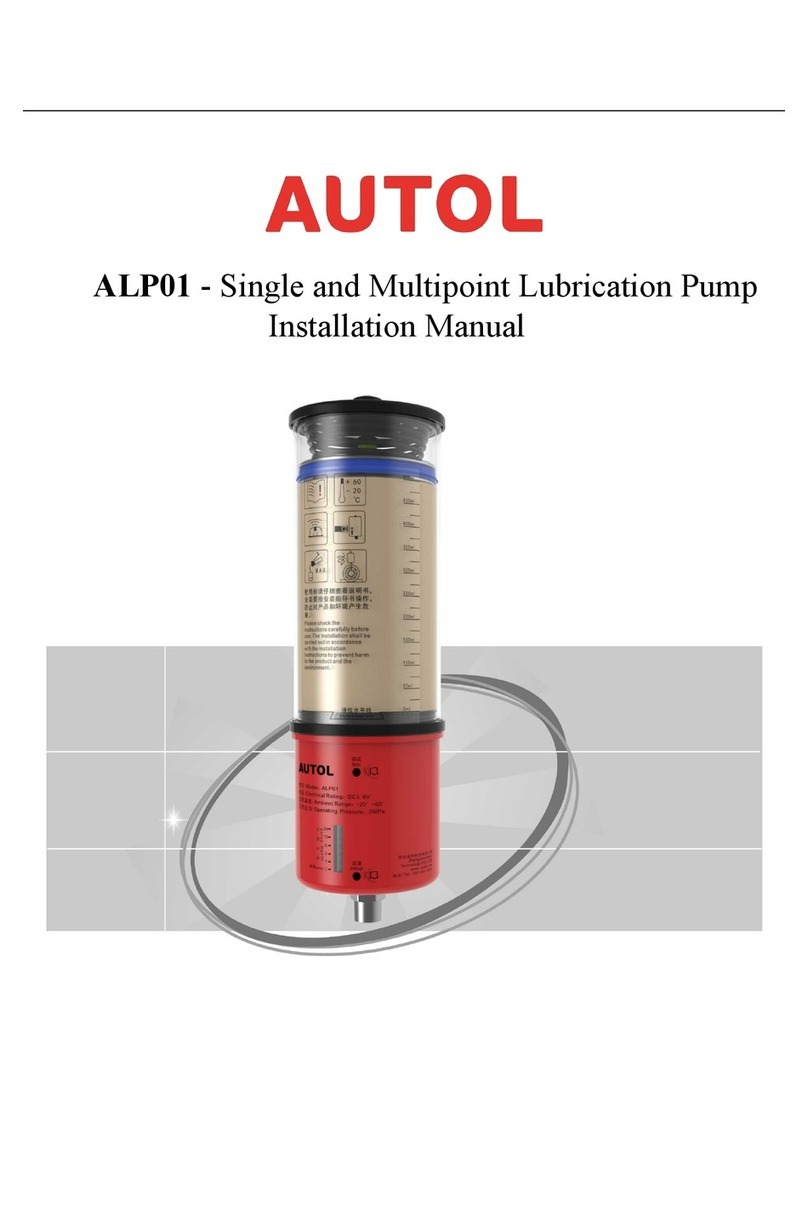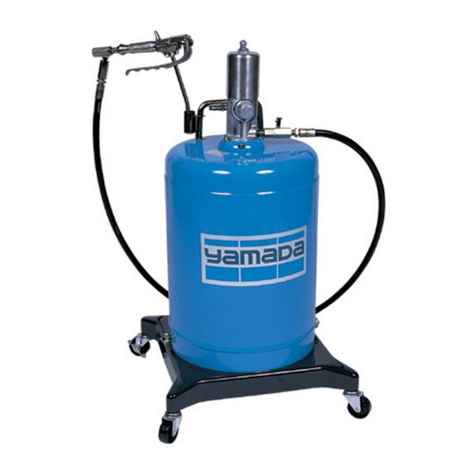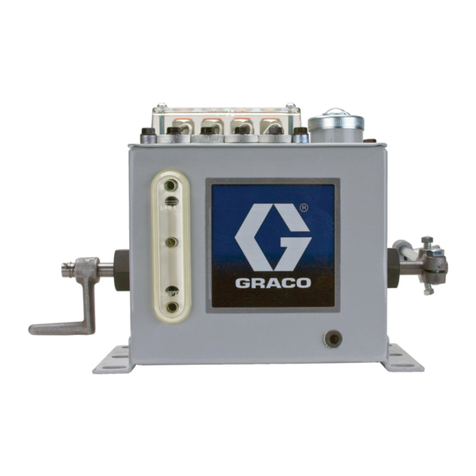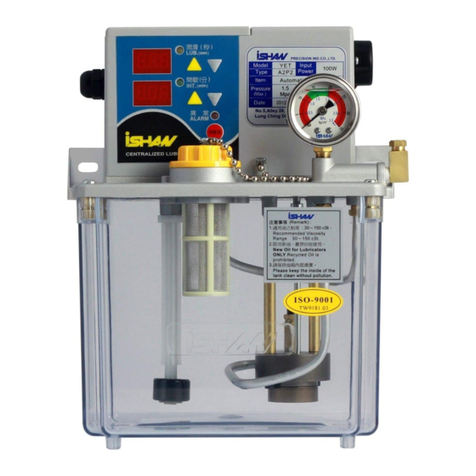
9
7.2 Fitting the Pump Unit Clamps, Flat Bottom Rail
7.2.1 Once the bed that the pump is to be fitted
to has been identified, lay the pump unit
on the ballast adjacent to the rail (on the
cess side) to show the positions that the
pump unit clamps need to be fitted.
7.2.2 Locate the 70mm long special hex bolts
through the upper holes of the clamp with
the hexagon head located in the clamp
slot. Both pump unit clamps can now be
fitted to the rail.
7.2.3 The main part of the clamp is fitted on the
field (outside) side of the rail with the
threaded stud at the top and facing away from the rail.
7.2.4 The hook bolt is fitted under the rail with the hook clasping on the foot of the rail on the 4’
side with the threaded part inserted through the hole at the base of the clamp.
7.2.5 The washers and nut are then fitted to the hook bolt and fastened tight. Bed the clamp
fully on the rail foot by striking the clamp base with a hammer (do not damage the rail foot
or the clamp thread). Retighten the Nyloc nut.
Repeat for the second clamp.
7.3 Application Variation - fitting the pump unit clamps, Bull Head rail
7.3.1 Rail clamps are of a different form for the Bull Head Rail. The clamps consist of two
sections that fit around the rail flange.
7.3.2 The main part of the clamp (hole and machined slot) is fitted on the field (outside) side of
the rail. Locate the 70mm (3”) long special hex bolts through the upper holes of the clamp
with the hexagon head located in the clamp slot before fitting to rail.
7.3.3 The rear half of the clamp is fitted under the rail with the 160mm long bolt inserted
through the hole at the base and then through the front clamp.
7.3.4 The washers and nut are then fitted to the hook bolt and fastened tight. Bed the clamp
fully on the rail foot by striking the clamp base with a hammer (do not damage the rail foot
or the clamp thread). Retighten the Nyloc nut.
Repeat for the second clamp.
7.4 Fitting the Pump Unit
7.4.1 Using a 13mm spanner, loosen the screws on the
inner face of the pump, ¼ turn is sufficient. This
screw applies locking pressure to the plunger
adjuster screw via a nylon pad. Note that on pre
2004 models a 4mm Allen Key is required in place
of the 13mm spanner.
7.4.2 When initially delivered the pumps will be
supplied with plungers set at a nominal height of
11mm above the pump body, the head of the
5mm special screw will be visible within the pump body.
